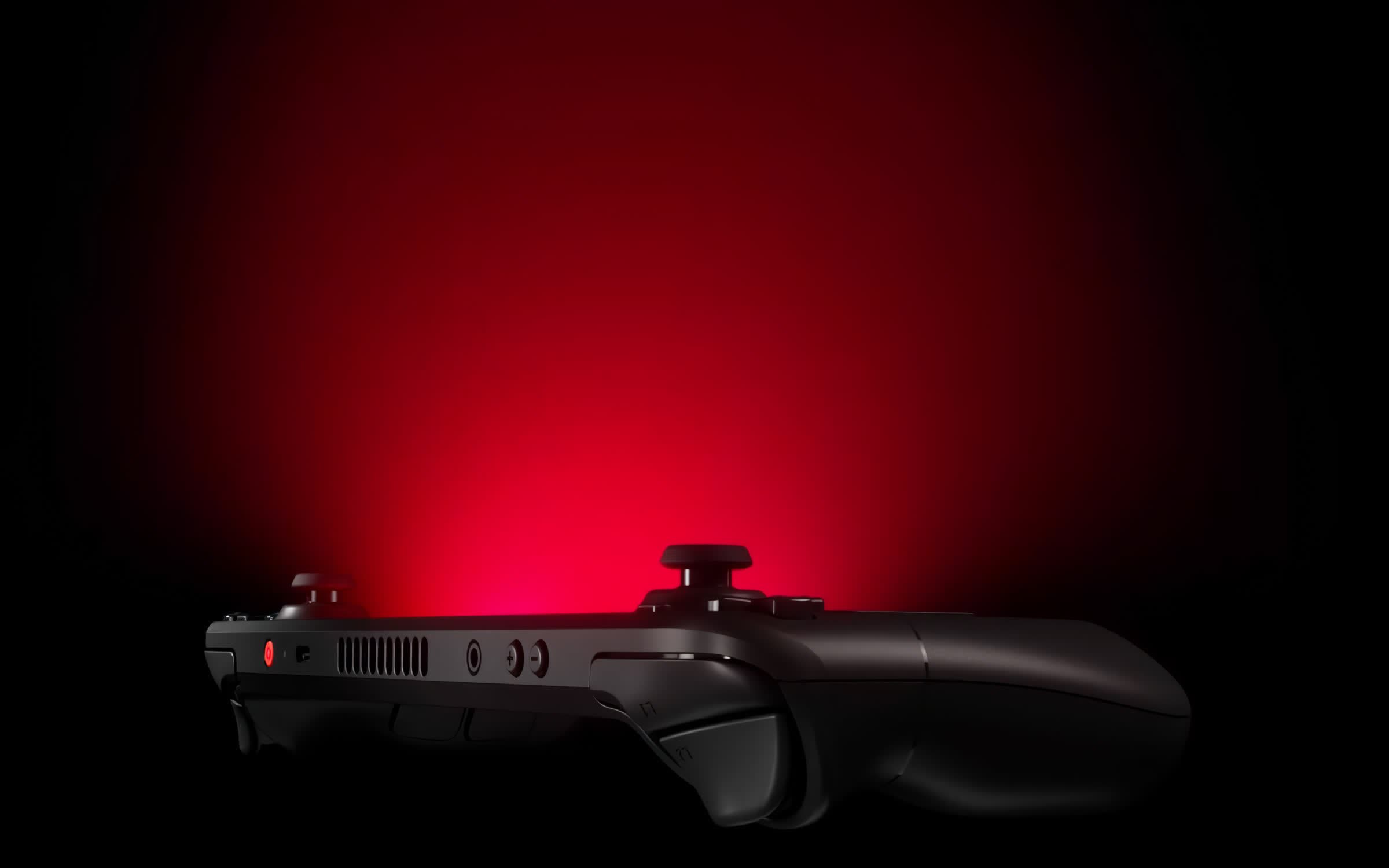Facepalm: Users approaching 1,000 hours played on one game with static UI elements on the Steam Deck OLED should consider checking for burn-in and taking steps to mitigate or prevent the problem. Turning up the brightness and constantly using HDR can hasten the effect.
Although manufacturers have made strides in reducing the risk of burn-in on OLED displays, the risk of image retention remains inherent to the technology. Thus, independent testers run experiments on devices like the Steam Deck OLED to advise consumers about the durability of the screen.
Preliminary findings from YouTubers such as Wulff Den and The Phawx indicate that the OLED display of Valve's handheld PC may begin to show minor image retention issues between 1,000 and 1,500 hours of use.
Although this is less than half the time it took for the Nintendo Switch OLED to show burn-in, and some heavy users may have already noticed it, most will likely take longer to suffer from the effect. In that comparison, it's also worth considering that the Switch OLED achieves only 350 nits of brightness, compared to a remarkable peak brightness of 1,000 nits for the Steam Deck OLED, or up to 600 nits for SDR content.
Burn-in, which results in overused pixels darkening and leaving ghostly images of frequently displayed graphics on the screen, occurs when a static image is left on an OLED panel for too long. A video game's heads-up display or user interface could lead to image retention issues after thousands of hours of gameplay on an OLED device.
In testing the Steam Deck OLED, the aim was to simulate a worst-case scenario in conditions that most users will likely never face. Nevertheless, these findings can provide a useful reference point for potential issues.
Wulff Den conducted a test by displaying a static screen from The Legend of Zelda: Breath of the Wild, with an added color bar, for 1,500 hours. Meanwhile, Phawx created a program to test various colors in both SDR and HDR modes. Notably, HDR at 1,000 nits demonstrated significant image retention after 750 hours, whereas SDR at 600 nits started showing slight burn-in at 1,500 hours, with blue subpixels being the most affected, followed by red.
It's important to note that on the Steam Deck OLED, the maximum physical brightness is 75 percent screen brightness. Settings above this level digitally enhance exposure, so to lessen the risk of burn-in, it's advisable to keep the brightness below 75 percent.
Heavy users who play a single game extensively might face image retention issues after the Steam Deck OLED's one-year warranty period, potentially leading to problems. Fortunately, iFixit has reported that the device's screen is relatively easy to replace.
